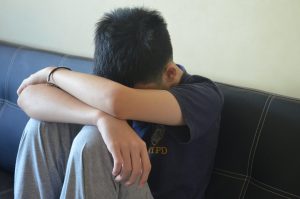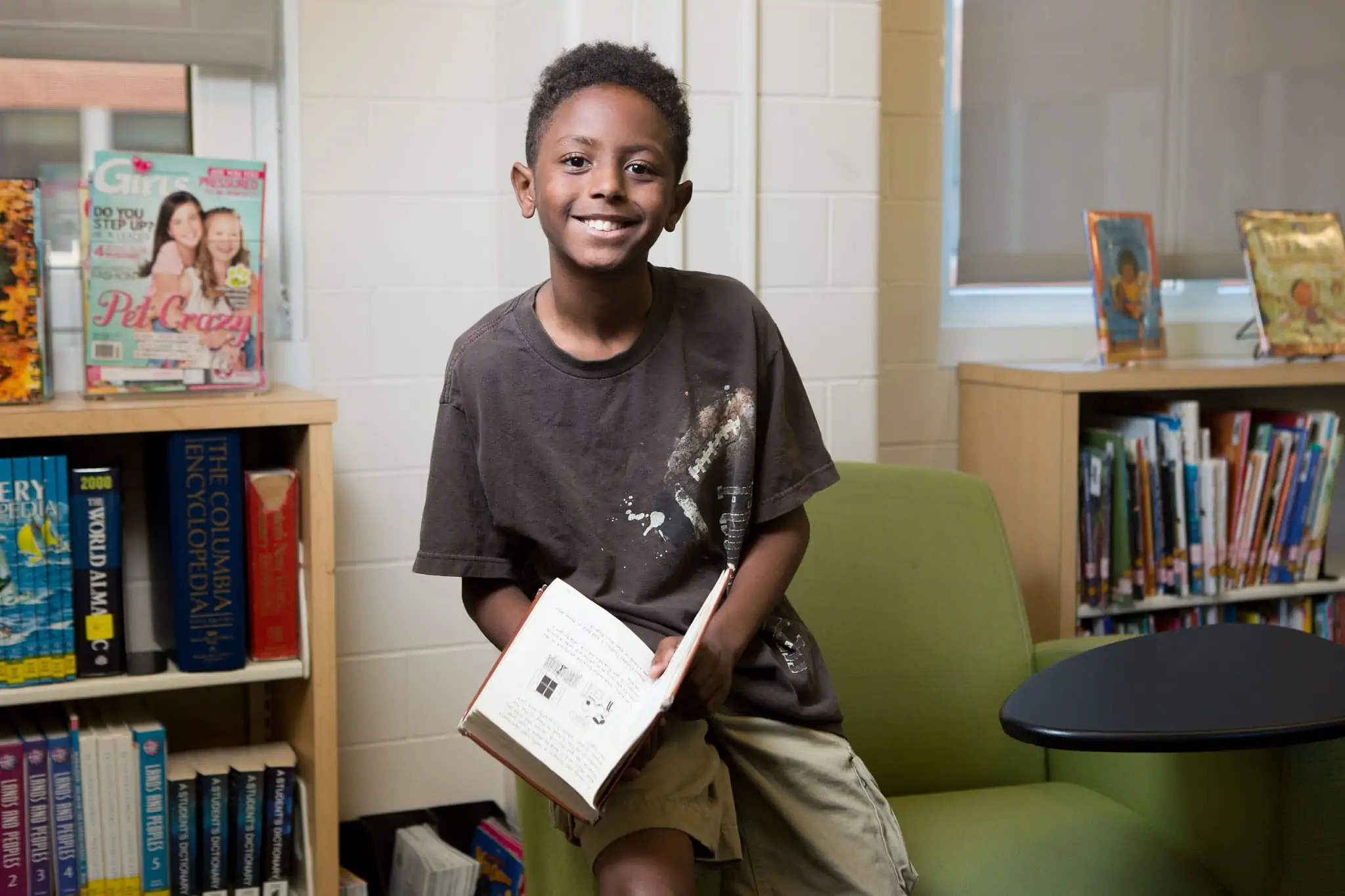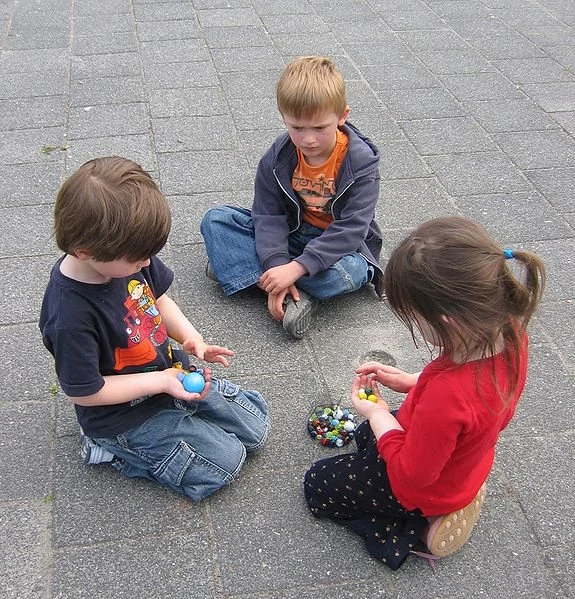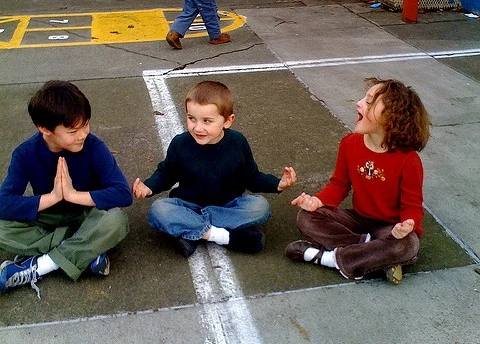The strong, handsome, teen boy sat in my office with a look of deep despair on his face. He was a kind person and a straight-A student, but recent trauma had pulled everything out from under him. There were panic attacks and sleepless nights. He struggled to concentrate on his work.
“I can’t keep up, Mrs. Gillen,” he told me.
“That makes sense,” I replied, explaining how his body was working hard to heal his deep trauma. I encouraged him to talk with his teachers about it.
“I tried,” he said. “They didn’t listen.”
With his okay, I attended his next meeting with them and was so proud of how clearly he articulated both his situation and his needs. That’s not easy to do in a room full of teachers. As he shared some details of his trauma and how it was affecting him, they nodded in empathy.
“I can’t keep up with the work,” he said. “I need to cut back on expectations, reduce my load, maybe drop a class. I just can’t do it.”
To my surprise, the counselor leaned forward, put her hand on his knee, and said quite earnestly, “Yes, you can. We believe in you.” Fear and despair flooded the student’s eyes. I wanted to scream. Ten minutes later, the team wrote an IEP that included “social-emotional skills training” but absolutely no academic accommodations.
If I sound impatient, it’s that I’ve been ringing the SEL bell for over 40 years, and this kind of situation just keeps happening. We pay lip service to students’ social and emotional needs, yet act as if inspiring lectures are enough. Until we live like we understand it, not much is apt to change.
“Now All I Feel Is Stress, Anxiety, and Pain”

At the same time, schools are also searching for ways to “make up” for the academic losses of a “lost year.” This is the case at every level, from the primary grades through high school.
But what some folks seem to be missing is that unrelenting academic pressure has taken its toll on students’ mental health, too. Consistently, research has shown that when the pressure to achieve is high, rates of depression and anxiety are, as well – rates that dropped in the earliest days of the pandemic. When schools first closed, student well-being improved.
But these improvements were short-lived. Dr. [Suniya] Luthar and her colleagues found that beginning in the fall of 2020, as schoolwork ramped back up, the mental health of adolescents returned to prepandemic levels or worse. According to research that will be published in Social Policy Report, a quarterly publication of the Society for Research in Child Development, the strongest predictor of depression among these students was perceived parental criticism and unreachable standards.
“Even though I’m trying my best, it never really goes the way I wished,” a student Dr. Luthar studied wrote, “and my mother adds stress because she is always saying that I NEED to have a 90 or higher averages in all my classes.”
In another survey,
Nearly half of all students reported that the pressure to do well in school had increased since 2019, and over half said their school-related stress over all had risen. Grades, workload, time management, lack of sleep and college fears were the most commonly cited sources of stress. These findings held across socioeconomically diverse schools. At underresourced schools, students were more likely to report being stressed about family finances, according to Denise Pope, a founder of Challenge Success, but the top stressors were still grades, assessments and college.
“My school is giving too much work,” a 10th grader in this study wrote, “even though times are tough for everyone. At first, this was just a break from school, but now all I feel is stress, anxiety and pain.”
Addressing Emotional Needs Supports Academics

One large study covered 50 years of research and found that in K-12 schools, SEL indeed had a positive effect on reading, math, and science scores – though the effect appeared to be less pronounced in large, randomized trials.
More recently, a study of 109 middle schoolers looked at the impact of a combined intervention of SEL and mindfulness and found that this led not only to academic improvements but also lower stress, better executive function, and greater social curiosity. A newly published dissertation confirmed improvement in math scores specifically.
“Addressing students’ social and emotional needs in the classroom is crucial,” write the authors of a 2020 post for the Center for Responsive Schools,
because we cannot learn unless we feel connected and safe. In addition, in order to feel connected enough to the material to engage actively with it, students must feel that what is being taught has meaning and relevance to their lives. Especially today, with large numbers of students suffering from the effects of stress and trauma and many being diagnosed with emotional and behavioral disorders, schools must address students’ social and emotional needs in order for students to be able to succeed academically (Arseneaux & Remington, 2019).
At the same time,
a cognitive-only approach to teaching—which essentially ignores collaboration, communication, and creative problem-solving—can elicit unintended consequences, such as students feeling disconnected and frustrated even to the point of disliking reading and writing, and teachers feeling powerless to address all of their students’ needs.
The Power of a Multifaceted Approach

More, embodied experience tends to be more memorable to us. We may not remember what we’re told – cognitively received information – but we remember what we experience and what we feel, both consciously and not. What we learn becomes a part of who we are.
This multifaceted approach simultaneously nurtures resilience while lowering stress and providing students with a set of skills and tools for addressing their needs beyond the classroom, at home, helping them to better manage stress and tap into their strengths. When those needs are met, students are far more able to achieve what they set out to accomplish.
We hope that as the pandemic moves further back in the rearview mirror more schools begin to appreciate this and make real commitments toward student mental health and well-being.
Top image and teacher/students image by Alliance for Excellent Education, via Flickr;
classroom group image by US Army Garrison Japan, via Flickr





